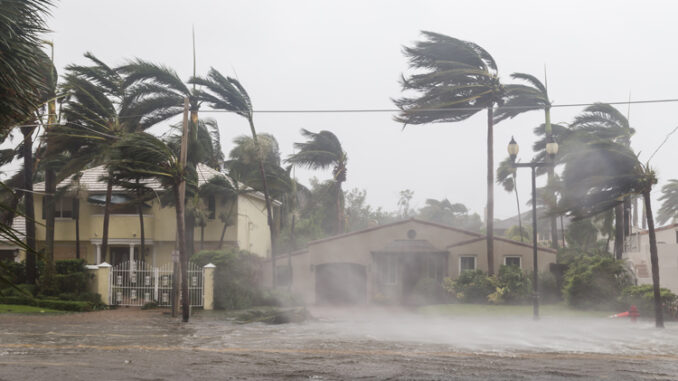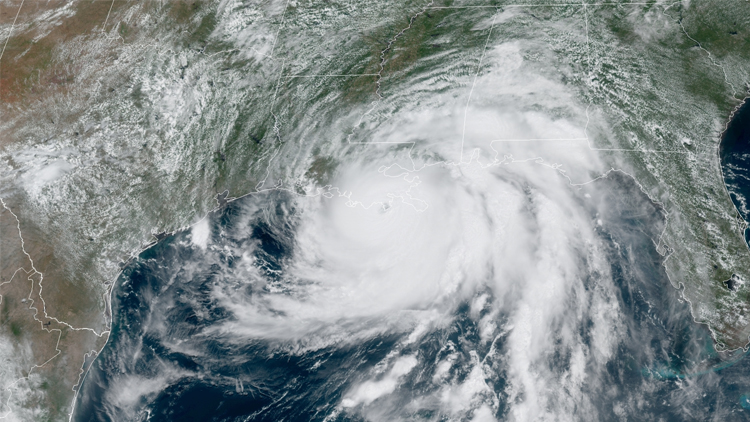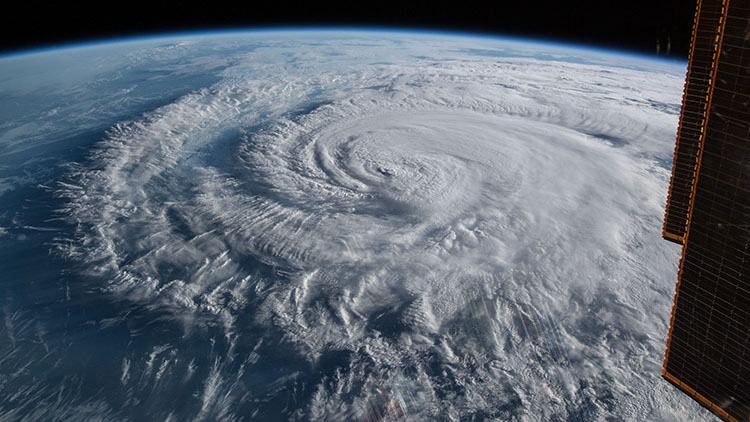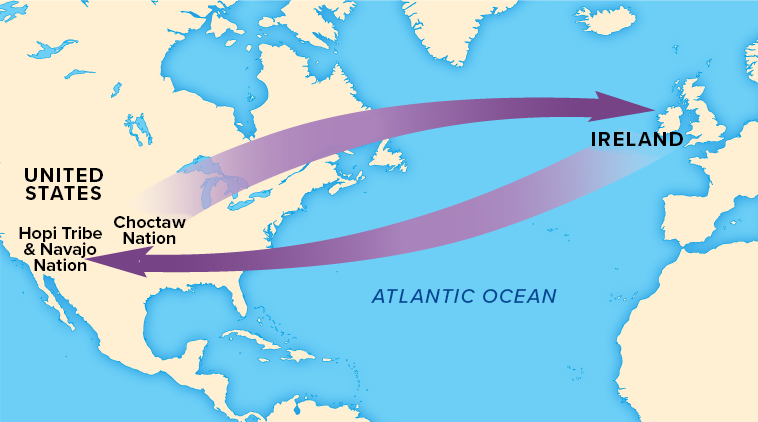
Hurricanes are huge storms. Some hurricanes are hundreds of miles wide. They can be dangerous, too. In September, Hurricane Ian hit the west coast of Florida. The storm brought heavy rain, strong winds, and large waves. Many houses were destroyed, trees fell, and large buildings flooded. Hurricane Ian caused major damage.

Most hurricanes happen in the fall months when the ocean water is warm. Hurricanes form over warm ocean waters near the equator. The warm, moist air above the ocean surface rises. This causes air from the surrounding areas to be “sucked” into a low-pressure area. This “new” air becomes warm and moist and rises in a spiral shape. This flow of air forms clouds. Hurricanes rotate around a calm center called the eye. There are no clouds in the eye of a hurricane. Surrounding the eye is the eye wall – the most dangerous part of the hurricane with the strongest winds, thickest clouds, and heaviest rain. Most hurricanes are harmless at sea. But if they move toward land their spiraling winds can reach speeds of 75-200 mph!
What Can You Do? How can you be prepared for a hurricane in your area?
Reading Response Click on this link to respond to your reading. Print out the response page or upload it to your classroom site.
Photo Credit: (t)FotoKina/Shutterstock, (b)NOAA



